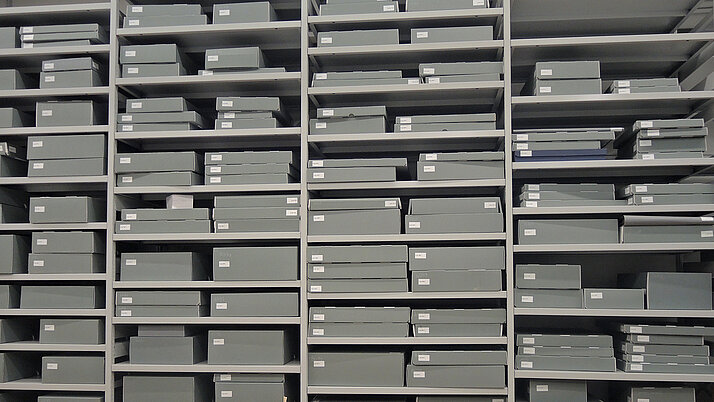The most frequently asked questions to the Institute for Conservation
Do you own an old book or have you inherited a beautiful – yet damaged – picture?
The question now is what conservation would cost and how much the object is worth.
The question of value is often relative. The work may have a very individual, ideal value for you. The market value, on the other hand, is estimated by art experts. Conservators are not qualified for this task.
In order to be able to assess how much conservation will cost, the conservators must have the object before them. Just like in the field of medicine, it is not possible for us to make remote diagnoses or calculations.
It may happen that parts of the text in a book are missing. Conservation work involves only replacing missing material, e.g. paper. The text is not supplemented. If the conservators had a copy of a second specimen available, they would still not add the missing text.
This is due to what is known as conservation ethics: it is our task to preserve valuable objects in such a way that the damage cannot get worse, but not to reconstruct missing parts, unless this is absolutely necessary to stabilise the condition of the object.
The Institute for Conservation is tasked with maintaining the valuable and comprehensive holdings of the Austrian National Library in their original state. With holdings of over 11.5 million books and objects, our capacities are exhausted, and we are therefore, as well as for legal reasons, unable to accept any external conservation orders.
You can find a list of qualified freelance conservators in various disciplines on the website of the Austrian Conservation Association: www.orv.at
If your valuable books have become damp or wet, it is important for you to act swiftly and properly to prevent the growth of mould.
First, you must move your objects to a cool, dry place and ensure there is sufficient ventilation. Books should be placed with their pages fanned out. Single sheets are placed on blotting paper or clean paper. Similarly, photographs and glossy paper should, if possible, be separated from each other and placed individually as the moisture will cause them to stick together.
Items that cannot be dried within 48 hours must be packed in freezer bags or plastic film and frozen. The packed objects should be transported in plastic boxes until they reach their destination. Care should be taken here to ensure that not too many objects are stacked on top of one another as they weigh a lot more due to the water.
If mould has already begun to develop, the objects in question must be stored separately. Gloves and breathing masks should be worn for your own protection when handling the objects. The service of conservators must be called upon for the next steps.
If you want to store your holdings properly for a long period of time, do not use acidic materials for envelopes and boxes. Ageing-resistant materials should be used that are free from wood pulp and optical whiteners and normally have an alkaline reserve.
A question that is often discussed is how to look after leather. Should you regrease it or not?
In conservation circles, the opinion is increasingly that you should not. In order for leather care to be really effective, it would be necessary to closely inspect the respective leather to determine how much grease should in fact be applied. It often happens that too much leather care is applied, which ultimately causes the leather to dry out more.
As a result, we advise non-professionals in particular against doing this. Storing leather objects in good environmental conditions is the best and most sustainable way of caring for them.
Due to a legally required works meeting, all user facilities of the Austrian National Library (reading rooms at Heldenplatz and collections) will not open until 11.30 a.m. on Thursday, 21 November, 2024.
Please note the opening hours during the holidays.

